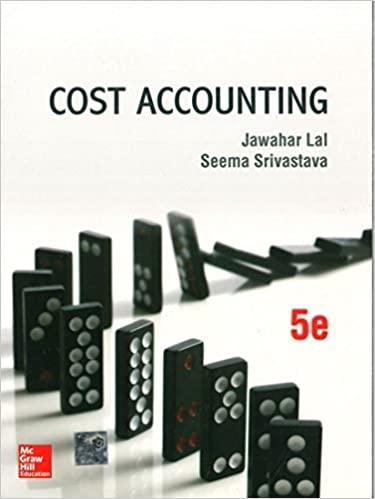Purpose: Identify three types of stock. - Identify the number of shares authorized, issued, and outstanding. - Compute the total cost of contributed capital and the average cost per share. The Statement of Stockholders' Equity provides information about changes in a company's stockholders' equity, including contributed capital and retained earnings. it helps investors understand the structure of a company's ownership. - Contributed capital (CC) includes amounts paid-in (contributed) by stockholders to purchase the stock of a corporation. There are two types of stock: common stock and preferred stock. Each corporation must issue common stock, whereas preferred stock is optional. - When originally issued, amounts received from investors are recorded in two separate accountsthe Par Vahue account and an Additional Paid-in-Capital account. Par Value is a legal value assigned to each share of stock upon incorporation, which must be recorded separately in the financial statements. Additional Paid-in-Capital (APIC) is the amount received in excess of par. Par Value + Additional Paid-in-Capital = Total Issue Price of Stock Refer to the Statement of Stockholders' Equity for American Eagle Outfitters, inc. and accompanying notes on poge 107 to answer the following questions. Q1 For AEO the Par Value account is titled (Common Stock / Contributed Capital) and is $0. per share, while the Additional Paid-in-Capital acce-int is titled (Common Stock/Contributed Capital). Q2 On January 29, 2011$ thousand was reported as Common Stock (Par) and $ thousand reported as Contributed Capital (APIC) for total contributions of $ thousand for issued shares. Q3 During FYE January 28, 2012, AEO repurchased common stock, which (increased / decreased) total stockholders' equity by $ thousand and reissued treasury stock which (increased / decreased) total stockholders' equity by $ thousand. Upon incorporation, a company is authorized (by the state of incorporation) to issue a designated number of shares to investors. Sometimes corporations buy back shares of stock that have been issued; these are referred to as Treasury Stock. Shares outstanding are the total number of shares actually held by investors at a given time, equaling shares issued less shares of treasury stock. Shares issued - Treasury shares = Shares outstanding Q4 On January 29, 2011 for preferred stock there are (0/5,000/600,000) thousand shares authorized, (0/5,000/600,000) thousand shares issued, and (0/5,000/600,000) thousand shares outstanding. Whereas for common stock on January 29,2011 there are (600,000/249,566/ 194,366) thousand shares authorized, (600,000/249,566/194,366) thousand shares issued, and (600,000/249,566/194,366) thousand shares outstanding. [Aiefer to Note [4] ] Q5 On January 29,2011 for common stock: thousand shares issued thousand shares in treasury thefer to Note [2]. thousand shares outstanding. Q6 On January 29,2011 there are thousand shares of common stock issued for a total contribution of ($2,496/$546,597/$49,093/$938,023) thousand, averaging ($3/$17) per share. Also, there are thousand shares of treosury stock with a total cost of ($2,496 / $546,597/$549,093/$938,023) thousand, averaging ($3/$17) per share. Why does the average cost of issued common shares differ from the average cost of treasury shares? (1) \$0.01 par value common stock at January 28, 2012: 600,000 authorized, 249,566 issued and 193,848 outstanding. $0.01 par value common stock at January 29, 2011: 600,000 authorized, 249,566 issued and 194,366 outstanding. $0.01 par value preferred stock at January 28, 2012 and January 29, 2011: 5,000 authorized, with none issued or outstanding. (2) Treasury stock: 55,718 shares and 55,200 shares [in treasury] at January 28, 2012and January 29, 2011, respectively. During Fiscal 2011, 922 shares were reissued from treasury stock for the issuance of share-based payments. (3) Reclassified amounts for easier understanding in this text








